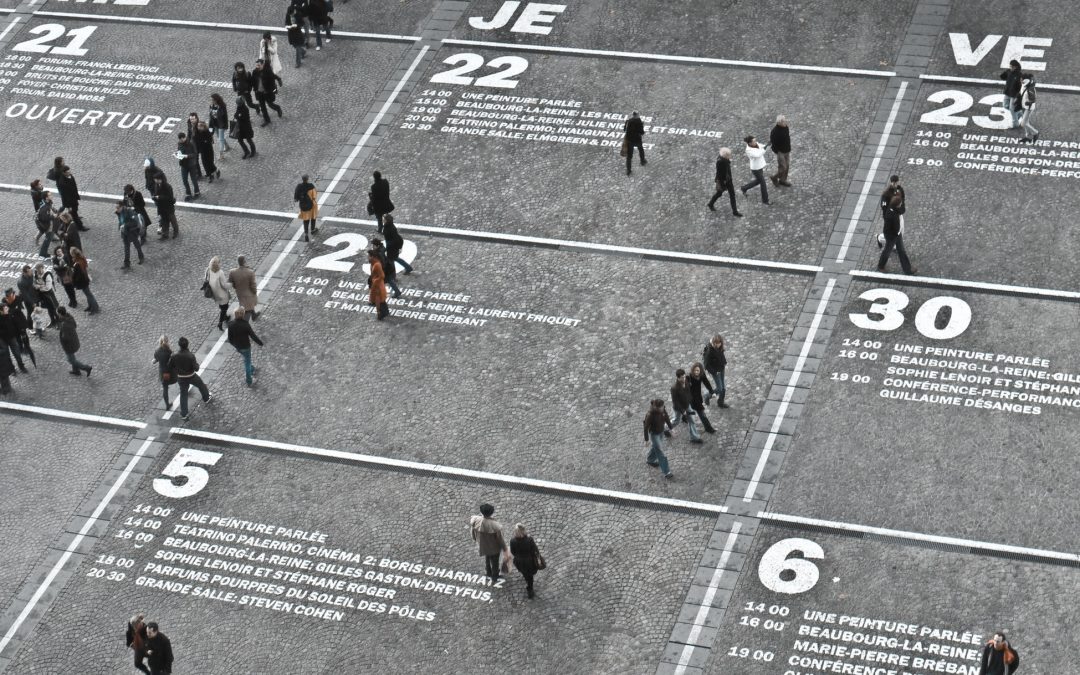Living in the Canary Islands is not the same as living in Madrid. Equality of opportunity or access to the Spanish public health system is in question. The Observatory for the Monitoring of Competition in the Health Sector prepared by BRAINTRUST reveals the asymmetries of the health map of the public system. EKMB reports.
Inequality in the waiting list of the Public Health System is a manifest reality that reveals that not all Spaniards are equal. Living in the Canary Islands is not the same as living in Madrid or La Rioja. BRAINTRUST in its Observatory for the Monitoring of Competition in the Healthcare Sector 2017 analyses specific indicators that reveal these territorial asymmetries.
The Observatory has studied in detail the evolution of the Public Health waiting lists for 2016 and 2017, i.e. the average number of days per speciality for surgery and outpatient consultations. In the former, surgical waiting times were 106 days longer on average in 2017 (-7.8% lower than in 2016); in the latter, outpatient consultations were delayed by -8.3%, i.e. by 66 days on average. All specialties have seen their waiting days decrease except for dermatology and cardiology consultations, which have increased compared to the previous year.
Due to the unequal distribution of the population in Spain, the specific situation of each Autonomous Community has been analysed for greater detail. It is there, on this scale, that the real territorial asymmetries in terms of waiting times appear. The waiting time for surgery in the Canary Islands is no less than six months, in Castilla la Mancha and Catalonia five months; however, in Melilla, the Basque Country and the Community of Madrid it is less than two months. With regard to outpatient consultations, the disparity is repeated, with waiting times of around four months in the Canary Islands and Aragon, compared to one month in the Basque Country, the Balearic Islands and Melilla.
The Observatory has analysed the national and regional situation of the rate of patients on the waiting list per thousand, both for surgical and specialist waiting. The national average for the surgical waiting list is 13.13‰. The territorial differences are abysmal: Catalonia (21.71‰) and Extremadura (20.87‰) have rates well above the average, while Melilla, Madrid, Andalusia and the Basque Country have figures well below the average (none of them reaches 9‰). As for the waiting rate by speciality, the national average is 45.87‰, an average that masks notable inequalities: Cantabria and Aragon exceed 70‰ and, at the opposite extreme is the Basque Country with a rate of 15.84 ‰.
The indicators examined clearly corroborate the inequality in terms of waiting times in the public health system. A critical situation, probably caused by a lack of resources or perhaps by management that could be improved, which has worsened during the years of crisis as a result of lower investment in public health, which has led not only to the deterioration of the system itself in general but also to real territorial fissures. Healthcare must be an integral pillar that provides a cohesive backbone for all citizens and guarantees equality and access to them. The decentralising element of the Spanish National Health System should ensure and respond to the peculiar and specific territorial health needs of citizens, while guaranteeing the same universal and equitable health coverage.
Photo by Curtis MacNewton on Unsplash






